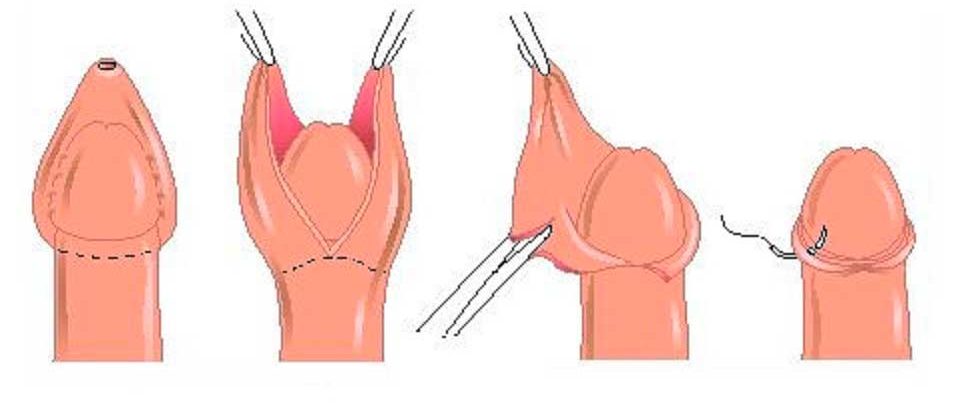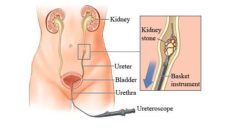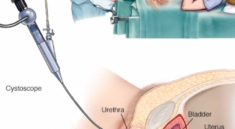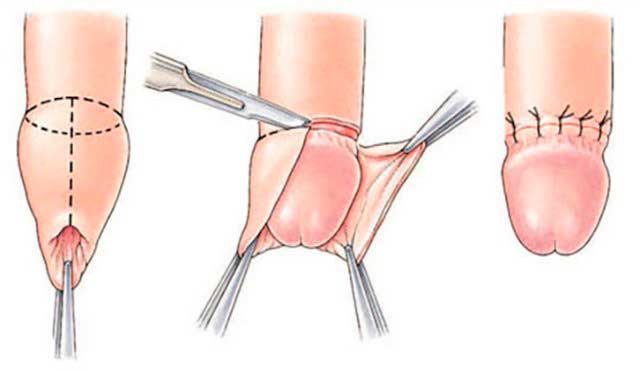
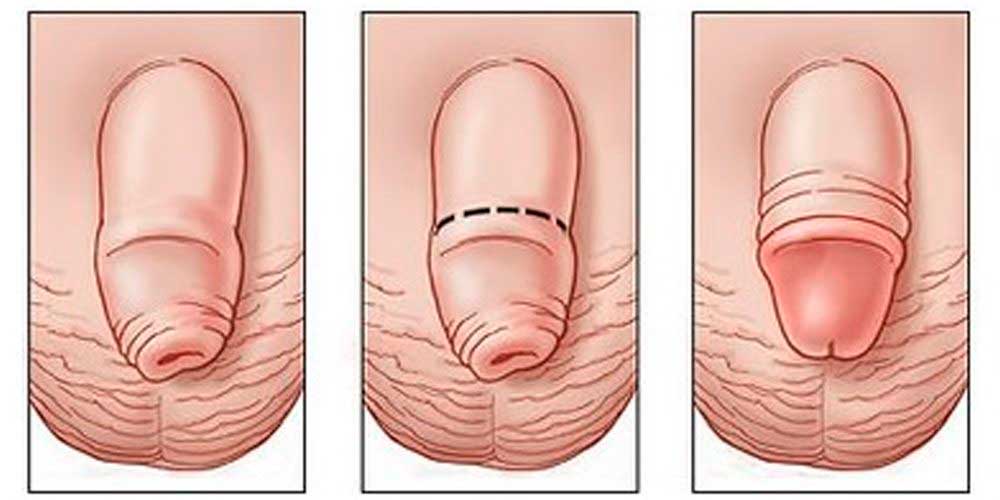
INFORMATION
Why circumcision is carried out in men
Circumcision may be carried out for a number of reasons.
Medical reasons
In men, circumcision is most commonly carried out when the foreskin is tight and won’t pull back (retract), which is known as phimosis.
But alternative treatments, such as topical steroids, are sometimes preferred.
Non-medical reasons
Circumcision is a common practice in the Jewish and Islamic communities, and it’s also practiced by many African communities.
Most non-medical circumcisions are carried out on children.
Medical reasons for men to have a circumcision
In men, circumcision is sometimes considered a possible treatment option for the following conditions.
Tight foreskin (phimosis)
Phimosis is where the foreskin is too tight to be pulled back over the head of the penis (glans).
This can sometimes cause pain when the penis is erect and, in rare cases, passing urine may be difficult.
Recurrent balanitis
Balanitis is where the foreskin and head of the penis become inflamed and infected.
PARAPHIMOSIS
Paraphimosis is where the foreskin can’t be returned to its original position after being pulled back, causing the head of the penis to become swollen and painful.
Immediate treatment is needed to avoid serious complications, such as restricted blood flow to the penis.
Balanitis xerotica obliterans
This condition causes phimosis and, in some cases, also affects the head of the penis, which can become scarred and inflamed.
Cancer of the penis
Cancer of the penis is a very rare type of cancer, where a red patch, wart-like growth or ulcer appears on the end of the penis or under the foreskin.
Your Recovery
Circumcision is surgery to remove the skin that covers the head of the penis. This is called the foreskin. Your doctor “pushed” the foreskin from the head of the penis and trimmed it off. He or she sewed down the edges using small stitches that will dissolve. Your doctor may have used any one of a number of techniques to do this. Most men go home the same day as the surgery.
Your penis may swell and bruise for the first 2 days. It is generally not very painful, and over-the-counter pain relievers such as ibuprofen or acetaminophen are all you usually need.
You will probably have a dressing over the area or over your entire penis. Follow your doctor’s directions about when to remove it. Wear underwear that is comfortable for you. Some men prefer a snug fit for support, while others prefer loose-fitting briefs. The underwear should hold the penis upright. This will help the swelling go down. The swelling usually goes down within 2 to 3 weeks after surgery.
You’ll probably be advised to take at least 1 week off work to recover.
- Put ice or a cold pack on your groin for 10 to 20 minutes at a time. Try to do this every 1 to 2 hours for the first day. Put a thin cloth between the ice and your skin.
- Position your penis so that your underwear keeps it upright.
Do not have intercourse or masturbate for 6 weeks, or until your doctor says it is okay. You will probably have a few erections. They are not harmful as long as you leave them alone. Do not stimulate the penis.
Call your doctor if:
You have pain that does not get better after you take pain medicine.
Your have loose stitches or your incision comes open.
Bright red blood soaks through the bandage.
You have signs of infection, such as:
Increased pain, swelling, warmth, or redness.
Red streaks leading from the area.
Pus draining from the area.
A fever.
You cannot urinate.
You have symptoms of a urinary tract infection. These may include:
Pain or burning when you urinate.
A frequent need to urinate without being able to pass much urine.
Pain in the flank, which is just below the rib cage and above the waist on either side of the back.
Blood in your urine.
A fever.
You are sick to your stomach or cannot drink fluids.
You have signs of a blood clot in your leg (called a deep vein thrombosis), such as:
Pain in your calf, back of the knee, thigh, or groin.

